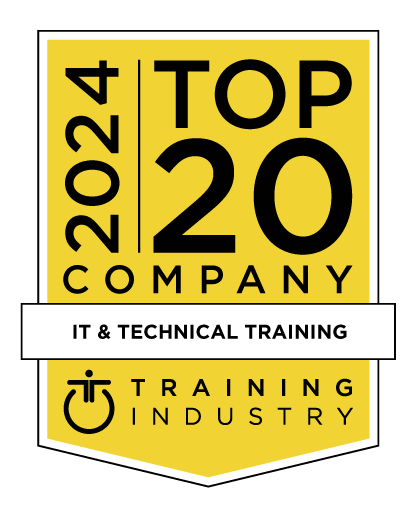title
Please take a moment to fill out this form. We will get back to you as soon as possible.
All fields marked with an asterisk (*) are mandatory.
IBM System z Parallel Sysplex Operations
Course Description
Overview
This course is designed so that students can learn how z/OS systems operate in a Parallel Sysplex environment through discussion topics and hands-on lab exercises. Students learn problem determination skills, practice enhanced sysplex operations, including management of the coupling facility (CF), and use recovery capabilities provided by the System z servers.
The course consists of six units and 12 hands-on lab exercises.
This course is one step in the following Learning Journeys:
Objectives
- Describe common sysplex terminology, concepts, and benefits provided by a Parallel Sysplex configuration
- Identify the basic hardware and software components that make up the Parallel Sysplex environment and how they are used
- Use z/OS MVS commands to identify XCF signaling and sysplex shared couple data set usage and to determine current operational status
- Describe CF operation; how and when the CFCC is loaded on a System z LPAR, the various CF link definitions and how they can be used
- Identify CF structure types, definition and allocation process, and how they are used in the CF
- Use z/OS MVS commands to display structure status
- Use CF operator commands to display and change the operational status of a CF
- Describe and demonstrate recommended procedures and typical z/OS MVS commands to manage sysplex members, coupling facilities, structure rebuilds, and couple data sets
- Identify potential problems during system removal, CF structure or CDS usage, and determine appropriate operator action
- Explain the differences and benefits of having stand-alone CF and internal CF configurations
- Describe the purpose and use of Sysplex Failure Manager and how SFM can be used to address sympathy sickness
- Explain why time synchronization is important and how server time protocol is used
- Describe console usage and mode of operation for a system and a sysplex
- Describe the IPL sequence and identify where and when sysplex activation is done during IPL
- Identify key areas with the IPL, explaining potential problems and how to avoid them
Audience
The audience includes operations personnel and technical staff who are directly involved in the installation, operation, systems support, and software support of their Parallel Sysplex environment.
Prerequisites
- Basic data processing and I/O concepts and terminology
- z/OS console operation, including display of device, job, and console status
You should have an understanding of:
Topics
Day 1
- Welcome
- Unit 1: Sysplex overview
- Unit 2: Coupling facility
- Supporting labs
Day 2
- Review
- Unit 3: Sysplex operation and recovery
- Supporting labs
Day 3
- Review and labs
- Unit 4: Sysplex Failure Manager
- Unit 5: Server Time Protocol operation
- Unit 6: z/OS IPL flow
- Supporting labs
Related Courses
-
Parallel Sysplex Implementation Workshop
ES42G- Duration: 36 Hours
- Delivery Format: Classroom Training, Online Training
- Price: 4,475.00 USD
-
Advanced Parallel Sysplex Operations and Recovery Workshop
ES90G- Duration: 36 Hours
- Delivery Format: Classroom Training, Online Training
- Price: 4,475.00 USD
Self-Paced Training Info
Learn at your own pace with anytime, anywhere training
- Same in-demand topics as instructor-led public and private classes.
- Standalone learning or supplemental reinforcement.
- e-Learning content varies by course and technology.
- View the Self-Paced version of this outline and what is included in the SPVC course.
- Learn more about e-Learning
Course Added To Shopping Cart
bla
bla
bla
bla
bla
bla
Self-Paced Training Terms & Conditions
Exam Terms & Conditions
Sorry, there are no classes that meet your criteria.
Please contact us to schedule a class.

STOP! Before You Leave
Save 0% on this course!
Take advantage of our online-only offer & save 0% on any course !
Promo Code skip0 will be applied to your registration
Purchase Information
title
Please take a moment to fill out this form. We will get back to you as soon as possible.
All fields marked with an asterisk (*) are mandatory.










